The "One Piece" live-action series has been met with rave reviews from both audiences and critics alike. The praise isn't surprising, given that it's widely considered the best live-action adaptation of a manga or anime to date. The show doesn't shy away from embracing the fantastical elements of the original masterpiece created by Eiichiro Oda. You can practically feel the passionate energy radiating from the behind-the-scenes crew in every frame. Yet, even with its remarkable faithfulness to the source material, there are some inevitable modifications. The necessity to streamline certain situations and cut characters for a smoother narrative in a different medium is understandable. Heck, even "Game of Thrones" faced the same challenge. But you might be wondering: What exactly changed in "One Piece"? What are the key differences between the Netflix adaptation and Oda's iconic manga series? Well, let's break it down, and feel free to chime in with any changes you've noticed that we didn't touch upon here.

10 - Garp at Roger's Execution
One of the most significant alterations in the live-action adaptation pertains to the character of Garp, who first appeared in Chapter 92 of the manga (or Episode 68 if you're an anime fan). In the live-action series, it's Garp who leads the execution of Gold Roger. This moment is revisited at the end of the show's first season when Garp recalls Roger's haunting laugh while looking at Luffy. It's an intriguing creative choice to give Garp more agency and insert him into key moments of One Piece's storied lore. While not inherently a contradiction, it does raise some eyebrows given what we know about Garp's relationship with the Pirate King in the manga.
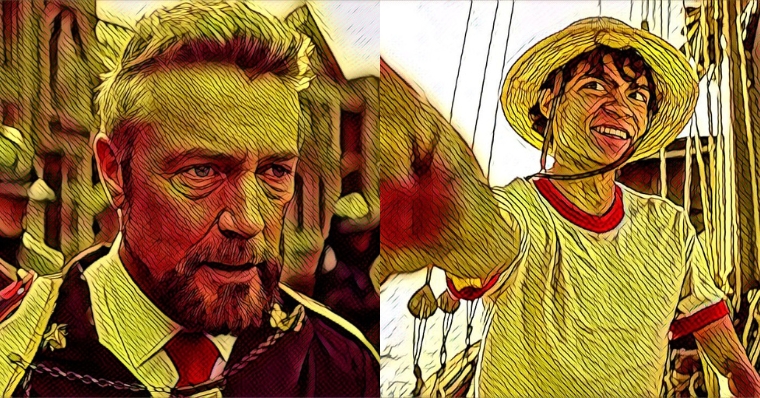
9 - Garp and Luffy
Garp doesn't just make a flashback cameo; he plays a significant role throughout the first season. Serving as a sort of overarching antagonist to the Straw Hats, he chases the gang from Shells Town to Cocoyasi Village, something that never happens in the original manga. For those keeping score at home, it's common knowledge these days that Vice-Admiral Garp is Luffy's grandfather. However, this tidbit wasn't revealed in the manga until Chapter 431 and Episode 313 in the anime. Had the Netflix adaptation maintained this pacing, viewers would've been left in the dark until the end of the fourth season. Netflix opted to expedite this family reunion and reveal the connection sooner.
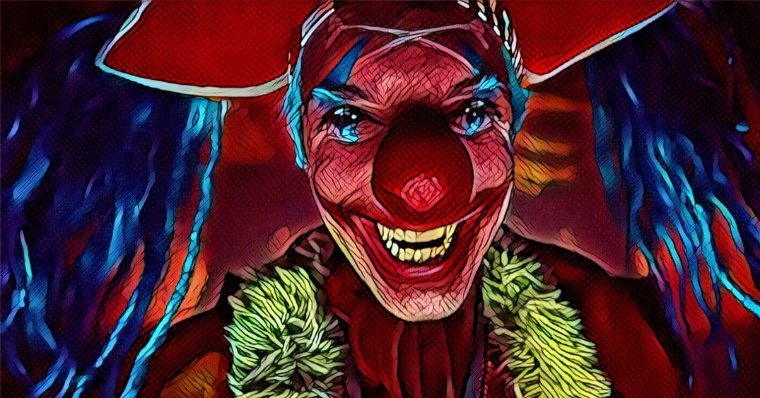
8 - Buggy's Circus
The Buggy the Clown arc stands as one of the high points of the Netflix adaptation, albeit with several deviations from the original story. Whereas the anime arc spans five episodes and includes battles with Buggy's crew and his city-destroying cannon, the live-action version presents a more sinister twist. Buggy sets up a circus and chains the townspeople, forcing them to laugh at his jokes. This darker take amps up the stakes and is underscored by Jeff Ward's brilliant performance as Buggy.

7 - Arlong Captures Buggy
In Episode 3 of the live-action series, Arlong captures Buggy and brings the Clown's head to the Baratie restaurant. It turns out that Buggy had hidden one of his ears in Luffy's hat, which is how Arlong knew where to find the Straw Hats. This plotline is entirely absent from the manga. In Oda's original story, after Luffy uses his Gomu Gomu no Bazuka on Buggy, the Clown ends up on a different island. There, he embarks on a bizarre journey with Gaimon, a guy trapped inside a treasure chest. Buggy takes his sweet time reassembling his body, eventually meeting and teaming up with the pirate Alvida along the way.
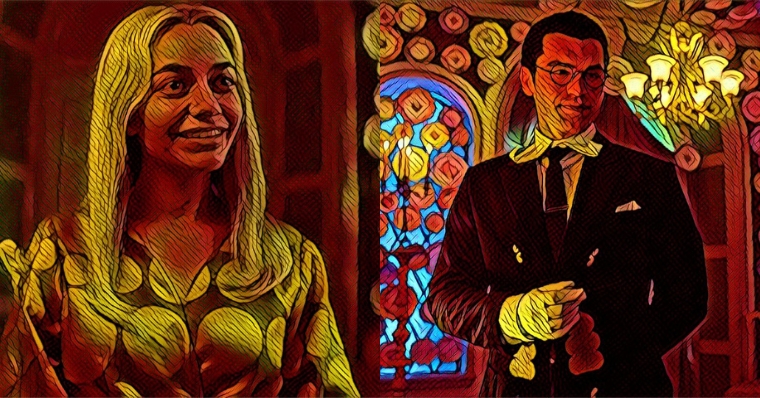
6 - Kaya and Kuro
Let's talk about Kuro's nefarious plans to seize Kaya's estate, which had its own unique twist in the live-action adaptation compared to the manga and anime of "One Piece." In Eiichiro Oda's original work, Kaya's illness was a result of mourning her parents' death. However, the series spiced things up a bit by having Kuro slowly poison her for the past three years while undercover as her butler. Intrigue level dialed up, right? As for Kuro's crew, they're another story. Jango, his first mate, is totally MIA in the series. He and his crew were supposed to be twiddling their thumbs somewhere, waiting for Kuro's plan to be set into motion. The OG "One Piece" also gives us a beachside brawl between the Black Cat Pirates and the Straw Hats, whereas the series situates this face-off within the luxurious halls of Kaya's mansion. It's like replacing a playground fight with a glitzy duel in a chandelier-lit ballroom.
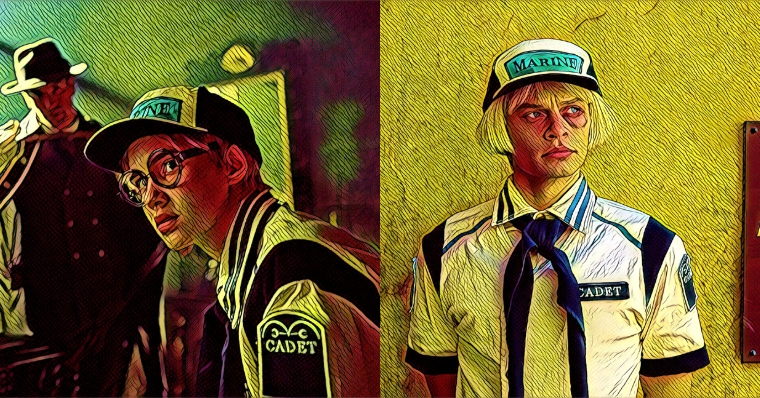
5 - Koby and Helmeppo
Alright, moving on. We all know Vice-Admiral Garp was enjoying plenty of screen time in the live-action series. That spotlight also extended to Koby and Helmeppo's training. In the original manga, this training montage only gets a nod in the chapter covers, but it was adapted in the anime episodes 68 and 69. When Luffy finally bumps into Koby again, it's a whole 400 chapters later, and the kid's got a design glow-up. Contrast that with the live-action series, where Luffy and Koby reunite not just once but twice after leaving Shells Town. They meet first in Syrup Village and again at the end of the season in Cocoyasi Village. Koby's character has certainly been amplified, indicating that we can expect his role to continue expanding in upcoming seasons.
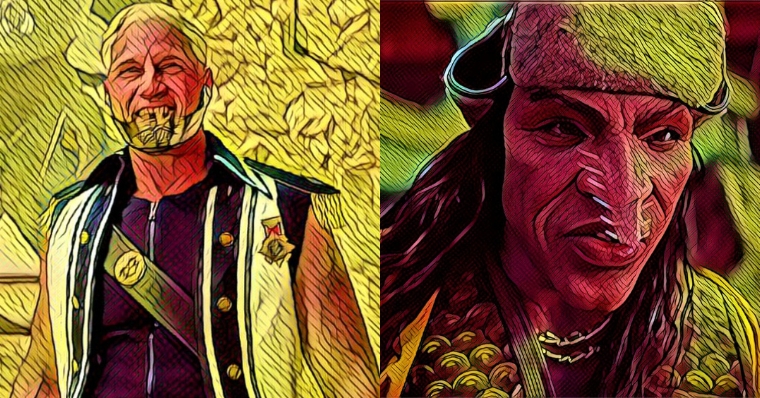
4 - Don Krieg Vs. Arlong
Here's a tasty tidbit for you: Don Krieg makes it into the Netflix series' first season of "One Piece," but his role is decidedly shrunk compared to the manga. In the original story, he's the big bad guy in the Baratie arc and even has an intense showdown with Luffy after revealing that Mihawk Hawk-Eyes decimated his fleet. Yet in the live-action series, viewers witnessed the meeting between Mihawk and Don Krieg's pirates, which was merely mentioned in the original material. The kicker? Mihawk offs Don Krieg even before Luffy gets to the Baratie. Instead of clashing with Krieg, our hero Luffy goes toe-to-toe with Arlong. This swap not only simplifies the narrative but also beefs up Arlong's role before the episodes of Arlong Park even kick in.
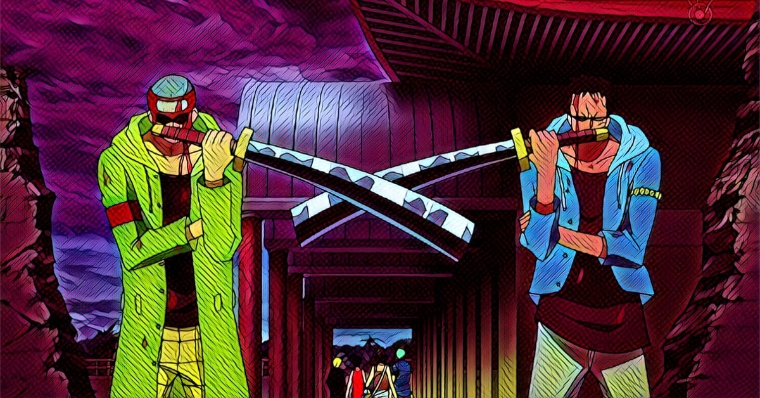
3 – The Missing Pieces
Let's delve into some glaring omissions in the Netflix adaptation of the iconic "One Piece" East Blue saga. Remember Johnny and Yosaku? You know, those bounty-hunting buddies of Zoro? In the manga and anime, they're introduced ahead of the Baratie arc and stay in the Straw Hat fold-up until Arlong Park. Netflix, though, has seemingly vaporized them, opting to keep the focus laser-locked onto the OG Straw Hat crew. Also conspicuously absent from the Syrup Village arc are Ninjin, Tamanegi, and Piiman, the trio of enthusiastic kids who make up Usopp's personal pirate crew. Nada, zilch, not even a subtle Easter egg! It's like they were never part of Usopp's dream of becoming a pirate king, at least in the Netflix realm.

2 – Usopp and Kaya
Eiichiro Oda's storytelling for "One Piece" isn't exactly what you'd call a love letter to romance. Adventure and action, yes; mushy couples, not so much. But anyone with a keen eye can spot the chemistry between characters. Take Usopp and Kaya, for instance. The Netflix series keeps its dynamic close to its roots, with Usopp's over-the-top stories keeping Kaya entertained. Yet, there's a juicy plot twist. Episode 4 brings them closer, literally, with a kiss that never graces the manga's pages. So, unlike the source material, the live-action version puts an exclamation mark on their relationship, taking it from ambiguously close to officially romantic. How's that for some unexpected feels?

1 - Nami's Secret
Nami's gut-wrenching secret and her agonizing reason for working with Arlong remain consistent in both the manga and Netflix's "One Piece." But let's talk about an interesting divergence: Nojiko and Genzo, in the series, are initially kept in the dark about Nami's uneasy alliance with Arlong. They actually believe Nami willingly chose to collaborate with Bell-mère's murderer. Yikes. It's not until episode 7 that Nojiko uncovers the truth, just moments before Nami's hard-earned money gets swiped. Meanwhile, in the manga, Nojiko and the villagers are privy to Nami's reasoning shortly after she joins Arlong's crew. This twist adds an extra layer of dramatic tension, prolonging the moment of revelation and making it a pivotal point in the story. The franchise's roller-coaster success is a testament to its global impact, shattering printing records in Japan and earning accolades left and right. So, as these adaptations and retellings roll out, it's fascinating to see how they tweak the narrative while keeping the story's soul intact. What's your take on the changes? Would love to hear your thoughts in the comments.











